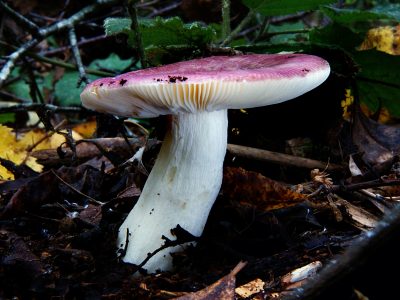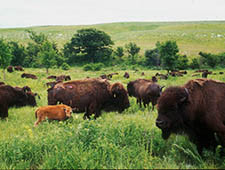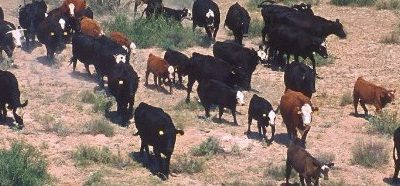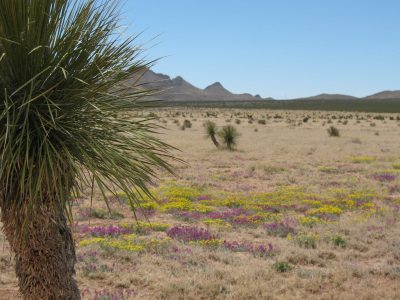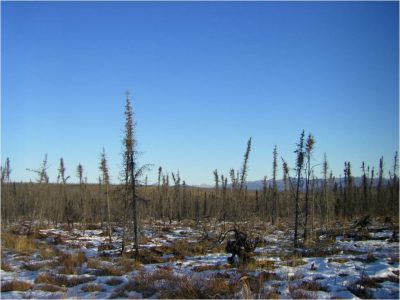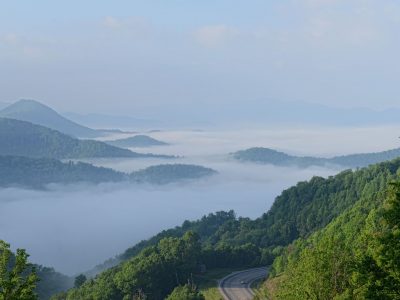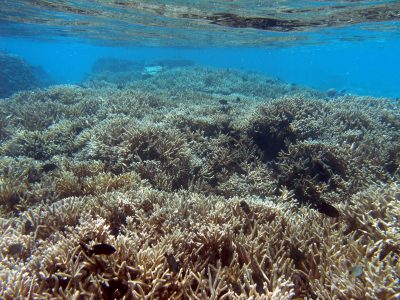Just How Does Nitrogen Drive Change in Plant Communities?
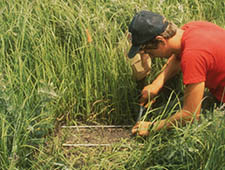
Nitrogen enrichment can dramatically change the existing environment for plants and typically leads to increased productivity, decresed diversity, and shifts plant community composition. But what mechanisms are responsible for these changes? Researchers designed a multi-site experiment to find out, experimentally manipulating each of three possible drivers across mesocosms of three ecosystem types (tall grass prairie, alpine tundra, and desert grassland).

